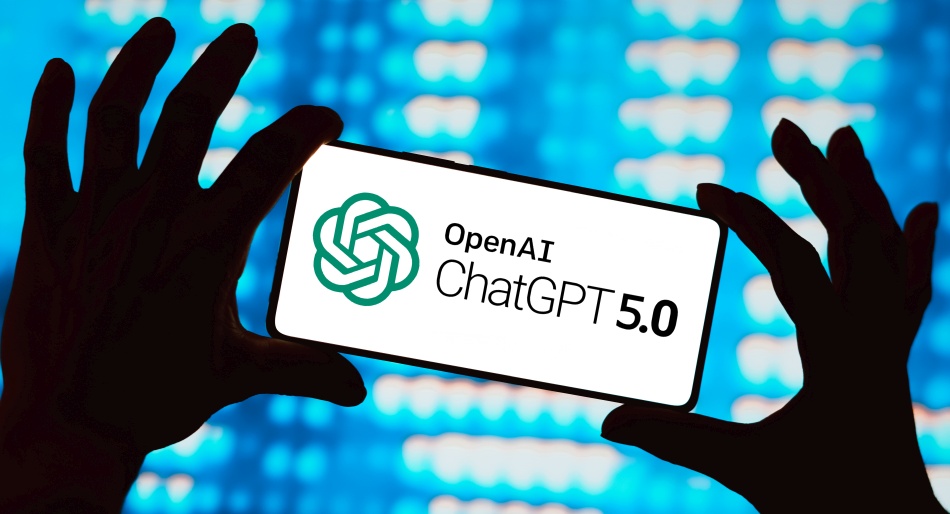
OpenAI has unveiled GPT-5, its most advanced AI model to date, touting a significant leap in coding capabilities, agentic task performance, and reasoning efficiency.
Available today in ChatGPT and the OpenAI API, GPT-5 is already setting new state-of-the-art benchmarks in software development tasks and is poised to redefine how developers interact with large language models.
A new standard in AI software engineering
GPT-5 is OpenAI’s strongest coding model to date, designed to function as a true collaborator in software development workflows. The model achieves a 74.9% pass rate on SWE-bench Verified, an evaluation suite focused on real-world software engineering challenges. This marks a notable improvement over its predecessor, OpenAI o3, which scored 69.1%.
On Aider Polyglot, a benchmark for multilingual code editing tasks, GPT-5 achieved 88% accuracy, a 1/3 reduction in error rate compared to the previous generation.
The new model can handle inputs up to 272,000 tokens, enabling it to reason over extensive codebases without losing coherence. It also supports a new verbosity API parameter, allowing developers to specify whether answers should be brief or comprehensive, and a reasoning_effort setting that balances speed against output quality.
Its frontend development skills are also markedly improved. In internal evaluations, GPT-5 was preferred over OpenAI o3 70% of the time when tasked with generating aesthetic, functional web applications. The model demonstrates a more refined design sensibility, understanding layout, white space, and typography in a way that mimics an experienced UI engineer.
OpenAI
Agentic coding: more autonomy, less supervision
OpenAI says GPT-5 excels at long-running tasks involving multiple steps, tool calls, and dynamic responses. It scored 96.7% on the τ2-bench telecom benchmark, which measures tool usage in dynamic environments, up from a previous high of 49% just two months ago.
The new model has been optimized for improved tool intelligence, allowing it to make dozens of tool calls in sequence or parallel without losing track of objectives. It proactively scaffolds plans, provides progress updates, and handles tool errors with contextual awareness. These abilities make GPT-5 uniquely suited for integration into complex agentic systems such as GitHub Copilot, Codex CLI, and enterprise-level AI developer tools.
OpenAI has released GPT-5 in three sizes via its API, gpt-5, gpt-5-mini, and gpt-5-nano, to help developers trade off between performance, cost, and latency. All versions support key API features, including:
- Custom tools, which allow models to output plaintext instead of JSON, reducing common parsing errors during long tool calls.
- Parallel tool calling for greater task automation.
- Streaming and structured outputs, to improve integration with developer environments.
- Prompt caching and batch API, enabling significant cost savings at scale.
GPT-5 availability
GPT-5 is now live for ChatGPT users (Free, Plus, Pro, Team) and API users, with access for Enterprise and Edu customers rolling out within the week. In ChatGPT, GPT-5 replaces older models like GPT-4o and o3, and users can invoke reasoning explicitly by saying “think hard about this” or by selecting the “GPT-5 Thinking” option.
In the API, GPT-5 is priced at $1.25 per million input tokens and $10 per million output tokens, with more affordable options via gpt-5-mini and gpt-5-nano. These variants offer the same toolset and extended token limits, making them suitable for a wide range of developer needs.
GPT-5 is also available across Microsoft platforms, including GitHub Copilot, Microsoft 365 Copilot, and Azure AI services.







Leave a Reply